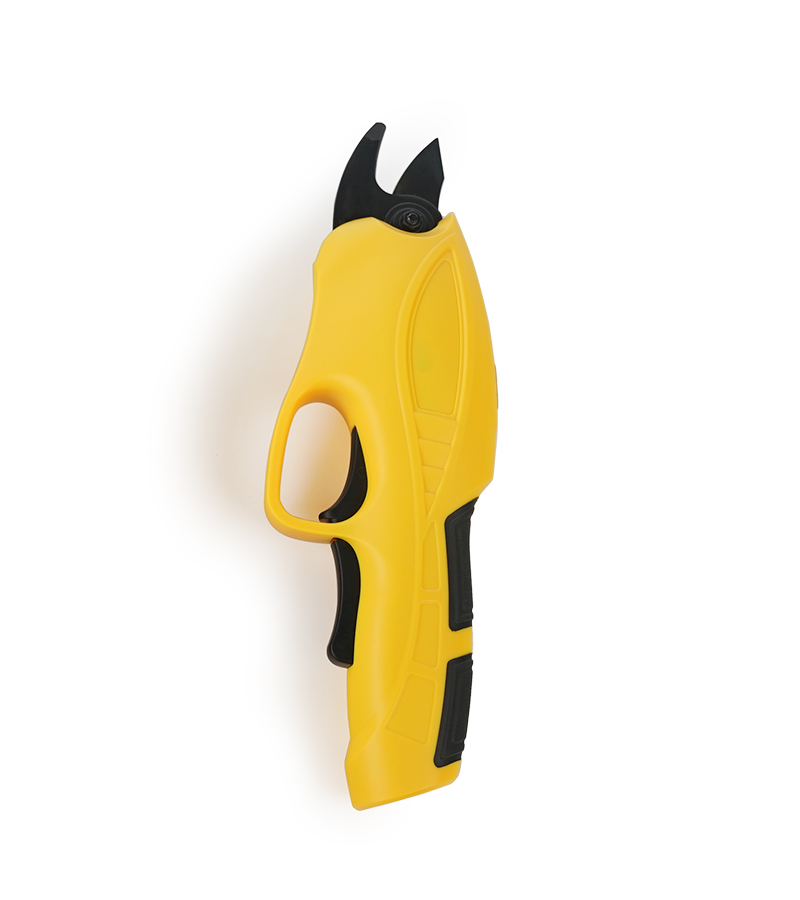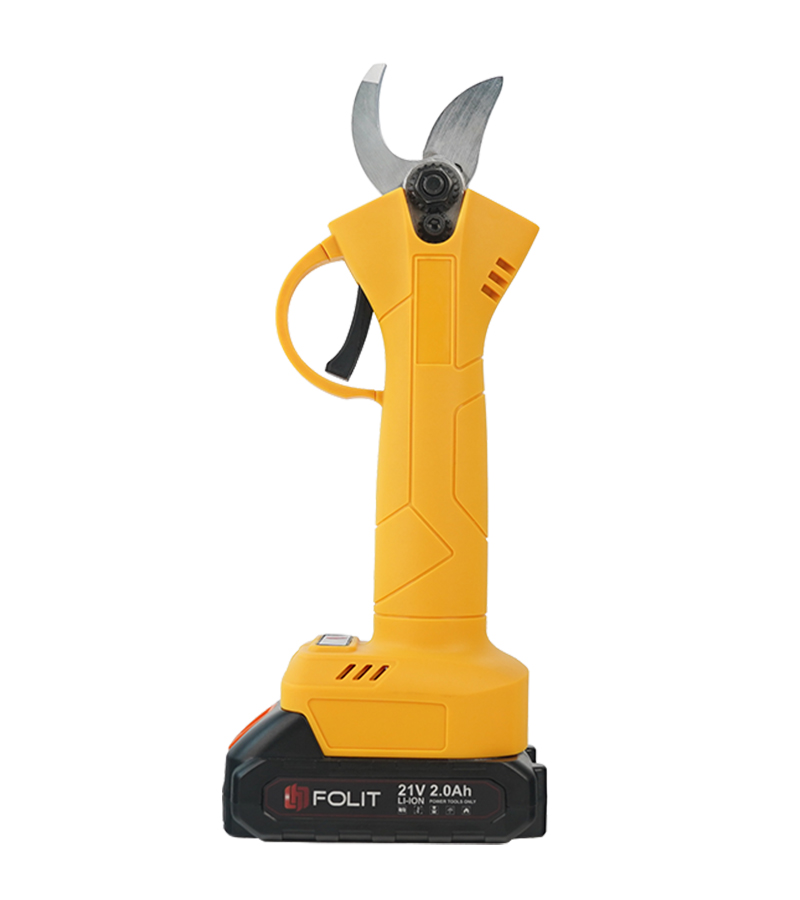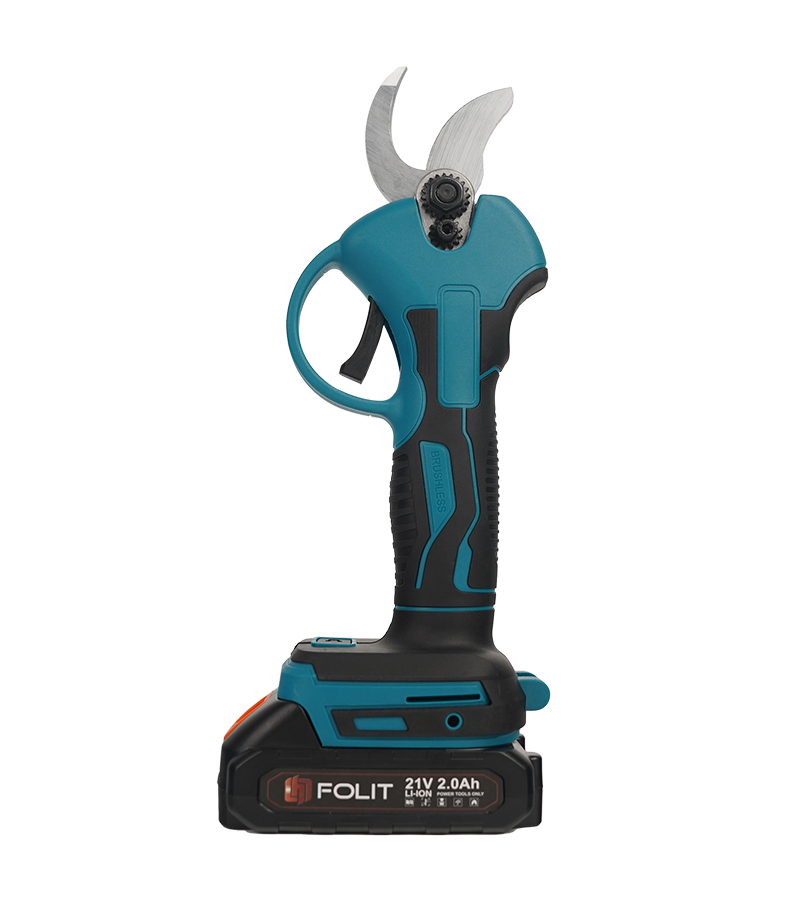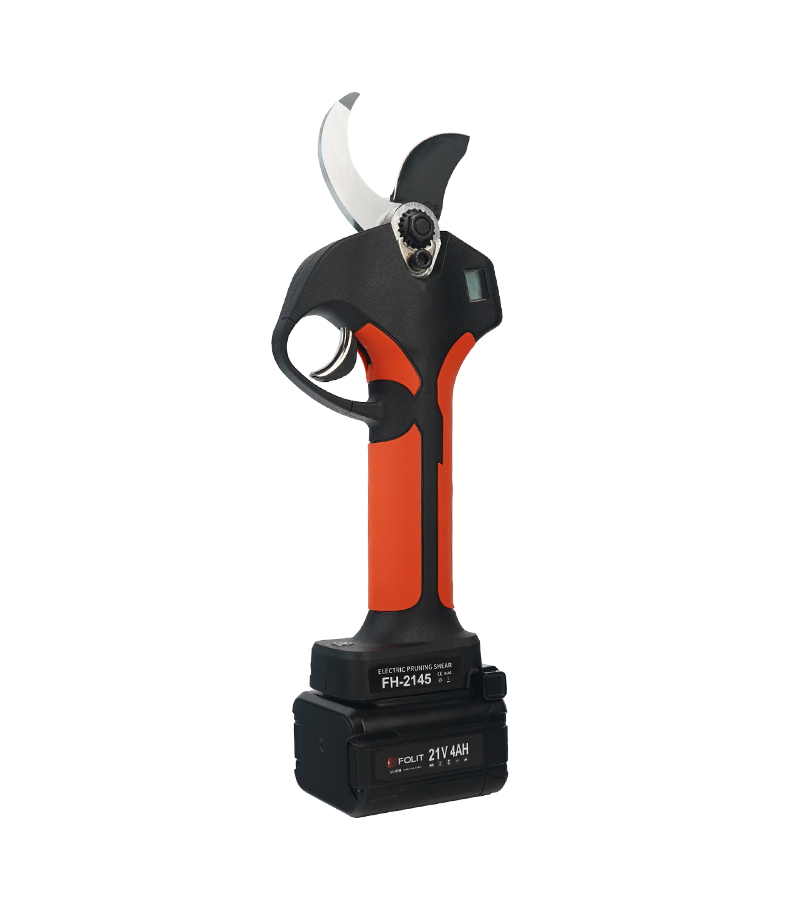Pruning a rosebush is essential for maintaining plant health, maximising blooms, and preventing disease. Across Europe’s diverse climates—from the mild Mediterranean coasts to the cooler Nordic regions—timing and technique can make the difference between a flourishing rose garden and a struggling one.
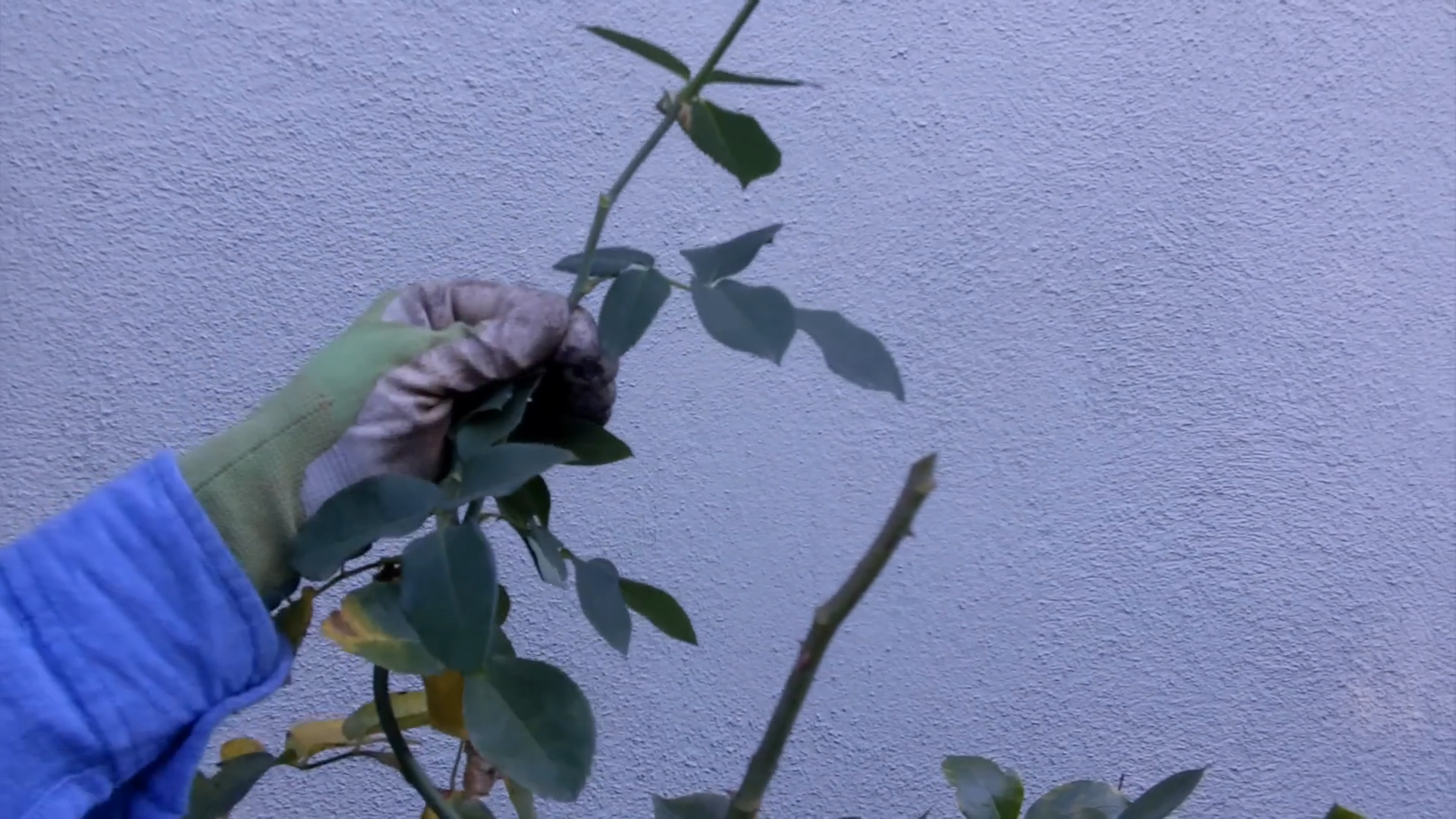
Why Prune a Rosebush?
1. Health Improvement – Removing dead or diseased wood reduces fungal infections like black spot (Diplocarpon rosae) and powdery mildew (Podosphaera pannosa).
2. Better Airflow – An open plant structure reduces humidity around foliage, limiting disease spread.
3. Increased Flower Yield – A European Horticultural Society trial across Germany, France, and Italy found that properly pruned roses produce 25–40% more blooms each season.
Best Time to Prune Roses in Europe
Because frost dates vary greatly between northern and southern Europe, pruning time should be adjusted accordingly:
| Region | Best Time to Prune | Data Support |
|---|---|---|
| Southern Europe (Spain, Italy, Portugal, Greece) | Late January – Early February | Milder winters allow earlier pruning; avg. last frost: late Jan–mid Feb (EUMETSAT climate data). |
| Western & Central Europe (France, Germany, Poland, Austria) | Late February – Mid March | Average last frost: late Feb–mid March; avoids frost damage while catching early growth. |
| Northern Europe (UK, Netherlands, Denmark, Sweden, Finland) | Early – Mid April | Cooler climate; last frost often early–mid April (based on European Climate Assessment & Dataset). |
| Eastern Europe (Romania, Bulgaria, Ukraine) | Early – Mid March | Last frost: late Feb–mid March in most areas; later in higher altitudes. |
Tip: Always check your local last frost date—pruning too early risks frost damage to tender new shoots.
Step-by-Step Guide to Pruning a Rosebush
1. Prepare Pruning Tools
- Use Electric Pruning Shears.
- Disinfect blades between plants to reduce disease spread (research shows a 50% lower infection rate when tools are sterilised).
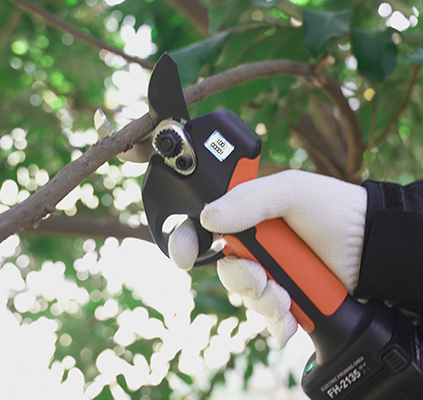
2. Remove Dead, Diseased & Damaged Wood
- Cut back to healthy, white pith.
3. Shape the Plant
- Aim for a goblet-like shape for airflow and light penetration.
4. Prune Above Outward-Facing Buds
- Cut 5mm above the bud, sloping away to prevent water pooling.
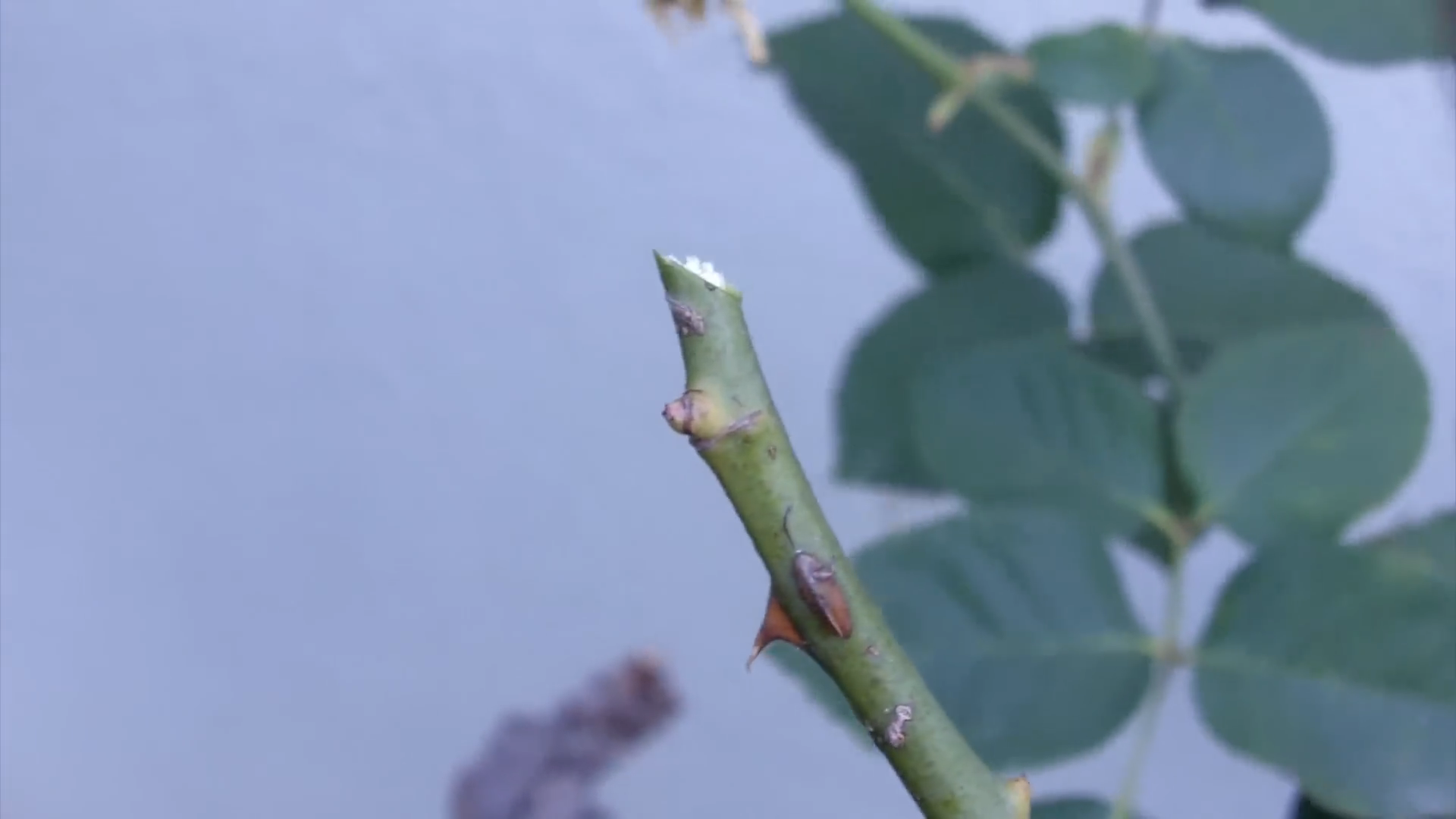
5. Control Height
- Hybrid teas: 30–45 cm from ground.
- Floribundas: 45–60 cm.
- Climbing roses: Remove weak stems, tie strong canes horizontally.
Aftercare Rosebush Tips
- Feed with balanced rose fertiliser (NPK 10:10:10) in spring.
- Mulch with compost to conserve soil moisture.
- Water during dry spells—especially critical in southern Europe’s hot summers.
Common Pruning Mistakes
❌ Pruning too early in frost-prone areas
❌ Leaving stubs that encourage rot
❌ Cutting at the wrong angle, leading to water retention and fungal issues
References & Data Sources
- Royal Horticultural Society (RHS) – Rose Pruning Guide (2024)
- European Horticultural Society – Rose Growth Study (2021–2023)
- EUMETSAT & European Climate Assessment – Frost Date Analysis





